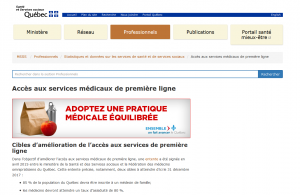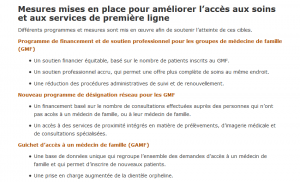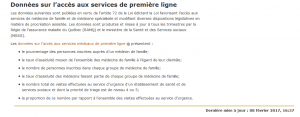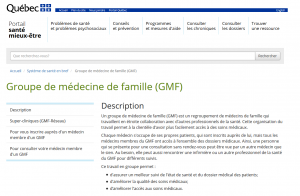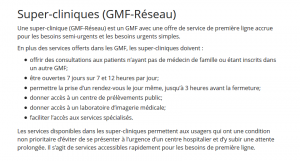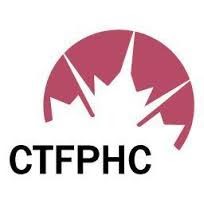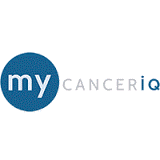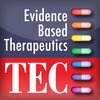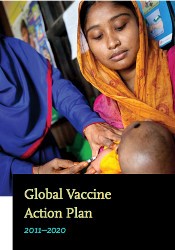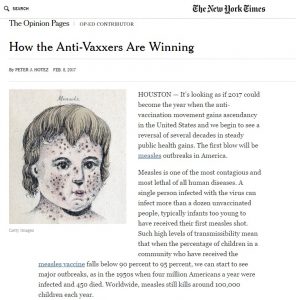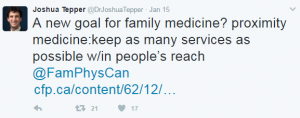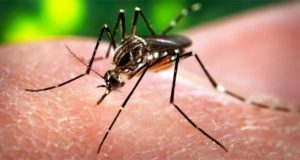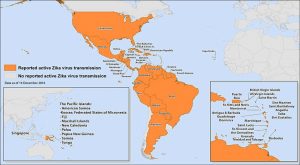In Response to Dr.Goldman
Thank you Dr. Brian Goldman for supporting my profession. I went to Mcgill University and studied dietetics and human nutrition which included 4 levels of stage. It takes 3 and half years to complete this program and when you graduate you become an expert in the field of nutrition care. I will admit that I did not feel like an expert until I had accumulated a certain amount of professional experience. Currently, I work at GMF Kildare. If you want to know what a GMF is click here. I also work at CLSC Benny Farm.
Dietitians help patients with such a wide variety of issues. I help the bulk of my patients with chronic disease state management for such illnesses as diabetes, high blood pressure, sub-optimal cholesterol and of course weight management. Sometimes I see seniors that appear malnourished. This can be very serious and requires a skilled intervention to prevent further complications. I have colleagues who specialize in pediatric nutrition and prenatal care and others who are experts in tube feeding on surgical units in acute care. Another colleague is a home care specialist and provides direct nutrition care in patients own living environment. Some dietitians are even food service managers who run the acute care, rehab and long term care kitchens; ensuring that patients receive appropriate meals and snacks.
The first time I meet a new patient I will do an initial evaluation. This can take about an hour. I will ask many health related and social questions to fully understand the client’s lifestyle habits. This information will help make me the right assessment and give the appropriate intervention for that client. It’s important to understand that each nutrition care intervention is individualized and created just for that person. This is what I am trained to do and how I am able to help people. It is just like doctors who are trained to ask the right questions, make the proper diagnosis and provide the right treatment for each patient they see.
There are so many variables that make up a person’s medical and social history. Each person’s experience is going to determine what type of nutrition care they will need. It’s very important to get a sense of what the patient is willing to change. As a professional dietitian, I must be able to work with where the patient is at, on any given day. I need to ask, are they ready to make a big change like reducing simple sugars or are they willing to try something a bit easier like add a glass of water to their daily intake? Sometimes it takes many nutrition care follow ups before a client is even willing to think about changing a behavior.
I provide information concerning the management, of a disease or condition, but it is the patient’s responsibility to use the information to promote change. The patient always has the right to make the choice that works for them and sometimes that means not following dietary advice. Not everybody is ready to work on their diet and lifestyle habits. Either way, I provide motivation and can coach clients wherever they may be on the behavioral change continuum.
Caryn Roll



